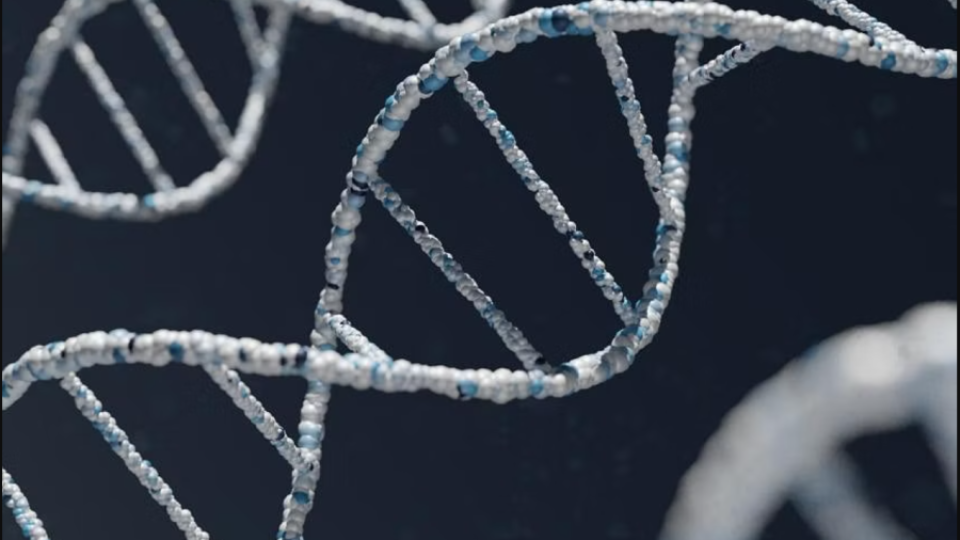August 14, 2023
SINGAPORE – Scientists from the Genome Institute of Singapore (GIS) and the National University of Singapore’s Yong Loo Lin School of Medicine (NUS Medicine) have used a gene-editing tool to combat the virus that causes hand, foot and mouth disease (HFMD).
The researchers say this technique could potentially lead to the development of treatments for many other diseases caused by RNA viruses, which include influenza, dengue, Covid-19 and Ebola.
Published in medical journal eBioMedicine in July, the research shows that the Crispr-Cas13 editor delivered by adeno-associated viruses can directly target and eliminate RNA viruses in laboratory models.
Crispr, or clustered regularly interspaced short palindromic repeats, is a gene-editing tool which has been used to alter DNA sequences.
DNA (deoxyribonucleic acid) is a polymer which carries genetic instructions for the growth and reproduction of organisms, while RNA (ribonucleic acid) primarily carries instructions from DNA for controlling the synthesis of proteins.
Adeno-associated viruses – which are small viruses that naturally infect humans – have been clinically approved as a delivery platform for gene therapy for diseases such as spinal muscular atrophy and haemophilia.
For their work, the team used Crispr-Cas13, a variation of the Crispr technology which alters a cell’s RNA.
The use of Crispr-Cas13 opened the door for therapeutics for a wide range of diseases untreatable by the 2020 Nobel Prize-winning Crispr-Cas9, which edits DNA.
A common childhood illness also experienced by adults, HFMD is spread by contact with the nasal discharge, saliva, faeces and fluid from the rashes of an infected person.
While common symptoms include fever, rashes and blisters, the disease can also lead to more serious complications such as encephalitis – or inflammation of the brain – or even death.
According to the Ministry of Health’s weekly infectious diseases bulletin, there were 4,098 cases of HFMD in Singapore in 2022.
Associate Professor Justin Chu, from NUS Medicine’s microbiology and immunology department and one of the paper’s authors, noted there is currently no clinically approved treatment for EV-A71, the virus which causes HFMD.
Patients are treated for symptoms but otherwise have to let the disease resolve itself.
The scientists developed a computational program which designed Crispr guide RNAs – which let the technology target specific RNA sequences – that cut viral RNA across different viral strains.
Another of the study’s authors, Dr Chew Wei Leong, said the Crispr-Cas13 cut the enteroviral RNA genome and mRNA into pieces, thus destroying the viruses.
“We showed that the technology can both prevent future infections and treat ongoing infections,” added the associate director and principal scientist at GIS, a research institute under the Agency for Science, Technology and Research.
The scientists’ research showed that the Crispr-Cas13 therapy, delivered by adeno-associated viruses, clears the EV-A71 infection – with less than 0.1 per cent of the viruses remaining in previously infected cells – preventing organ damage and mortality.
Both Cas13 and Cas9 are easily programmable towards new disease targets, and can act as “universal keys” to unlock cures for an even wider range of diseases, said Dr Chew.
“This contrasts with traditional drugs, which are usually bespoke for individual diseases, and have to be tailor-made from the start for each new disease,” he added.
“Importantly, the Crispr-Cas13 technology targets any form of RNA, and because RNA is a foundational building block of life, Crispr-Cas13 could be used against a broad spectrum of diseases ranging from viral infections, cancers and genetic illnesses.”
Crispr-Cas13 therapeutics could redefine how viruses and diseases are treated, said Prof Chu, adding this could result in faster relief and lasting cures for patients.
But he cautioned that further clinical research and development is needed to bring such treatments to patients safely and efficaciously.


